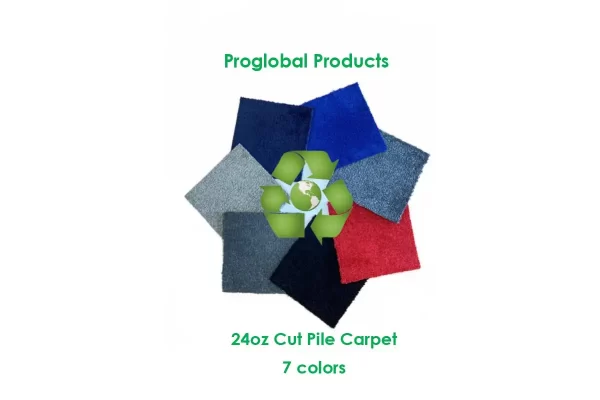Welcome to another class given by Tradeshow Teacher summer school. I know it’s beautiful outside and we all want to get ourselves outside and enjoy the sunshine, so this month, I’m going to get straight to the point.
Last month, we spoke about ROO. Return on Objectives is a very valuable way to not only improve your tradeshow results dramatically, but also to be able to quantify that your hard work is paying off in a short amount of time. Many managers have their eyes carefully trained on ROI. ROI is return on investment, and of course it’s important, but you’re never going to see your ROI numbers go up if you’re not paying attention to ROO.
During our June class, we learned ways to set up meetings with the best key prospects at each show. This month, I want to stress the value that can be extracted from ROO data and the ways to best use this information.
The first step in “calculating” ROO is to list each objective and describe your analysis of all the activities that led to accomplishing it. For example, let’s say that one of your objectives is to get the media to cover your product.
Here’s an example for how you can report on those results.
That’s a pretty good ROO. This media coverage could lead to future sales, but you may not see those results for quite some time. The sales cycle for different products and services can sometimes take up to a year or more. But you can show your ROO immediately, and you should be proud.
Now, let’s step back and say and say that the results were more like this:
- 5 press kits were taken
- 1 article was published
- 1 at-show meeting
There’s some interest, but not nearly as much as you’d like to have seen. This is still good data, and you should use it to identify the objectives not met and where you think the challenges may be.
- Does your press release give compelling information?
- Are your press kits lacking in design or messaging?
- Were the media prospects you were hoping to reach at the show?
This information can be extremely helpful as you plan your next event. When evaluating ROO, it’s very important that your findings are followed up by a conclusion and a recommendation.
Sometimes, the breakdown might be as simple as having too many objectives. Maybe you hoped to schedule more meetings than your time frame allowed. Maybe you didn’t have enough time to do as many booth tours as you wanted. Perhaps you were overloading your press release with conflicting messages. Keeping a close eye on ROO can answer these questions for you and help you make changes for the next time. Check every one of your objectives for conflicts.
We said it last month, but it deserves repeating. Always add ROO Data to your Post Show Report for each and every show. Provide your show results to management and optimize this information by using it as a reference tool when the show participation level needs to be reevaluated in the coming years. For a show you will be exhibiting at again, this ROO Data should be analyzed and used to guide you in creating an even more strategic, targeted plan than the year before because now you can precisely say what worked well and what could use improvement.
Homework:
Determine the desired ROO for your next show and report on the results.
About Linda Musgrove, the TradeShow Teacher
Linda Musgrove is President of the Trade Show Training firm, TradeShow Teacher. Linda and her team focus on assisting companies to significantly improve Trade Show Results through strategic, customized Trade Show Training for individuals, departments or entire teams. Musgrove also presents customized training programs for Trade Show Producers to offer exhibitors. Most recently she authored “The Complete Idiots Guide to Trade Shows”, published by Alpha Books/Penguin Publishing. Learn more at http://www.tsteacher.com and sign up for the FREE monthly Trade Show Tactics newsletter. Follow on Twitter at: http://twitter.com/tsteacher. Send an invite to connect on LinkedIn (email is: linda@tsteacher.com )





























